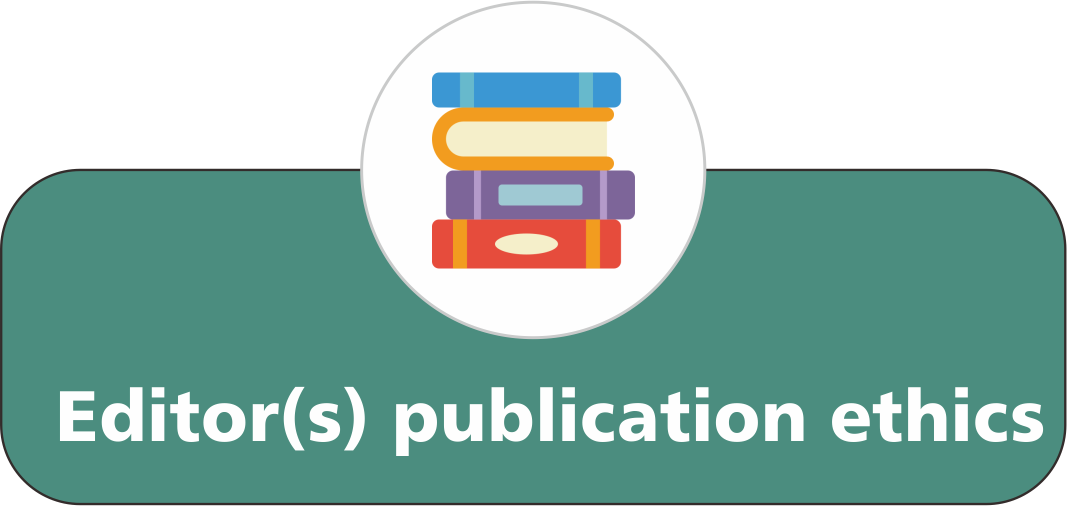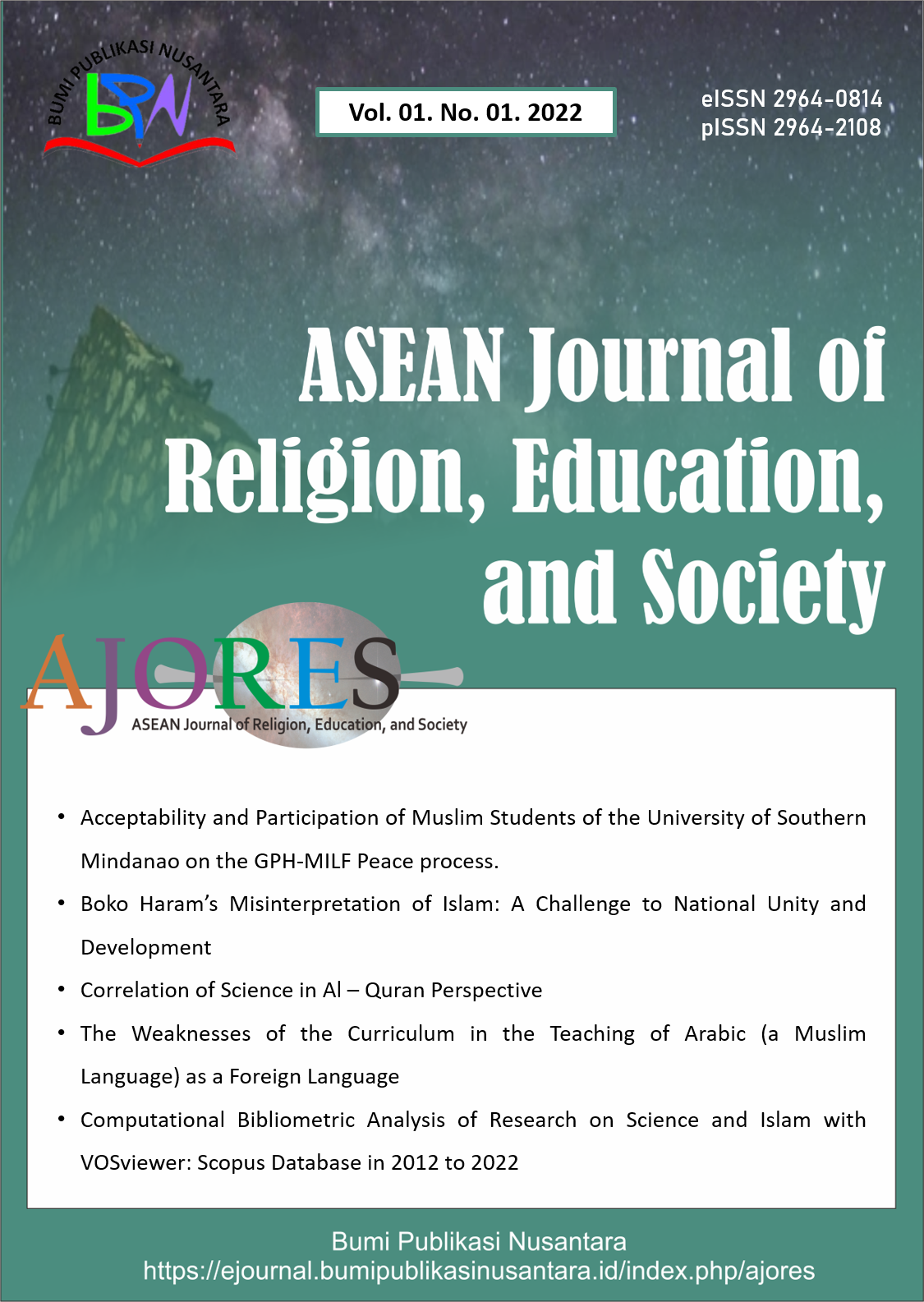Encoding Schemes for Image and Symbol Classification in Religious Traditions
 ), Nilufar Parda Qizi Omonova(2),
), Nilufar Parda Qizi Omonova(2),
(1) Chirchik State Pedagogical University
(2) Chirchik State Pedagogical University
 Corresponding Author
Corresponding Author
Abstract
Keywords
References
Agarwala, R., Mishra, P., and Singh, R. (2021). Evaluating the impact of religious icons and symbols on consumer’s brand evaluation: Context of Hindu religion. Journal of Advertising, 50(4), 372-390.
Akhlan, R. N. R., Khimmataliyev, D. O., and Qizi, O. N. P. (2024). The importance and role of inclusive education in educational institutions. Proceeding of International Conference on Special Education in South East Asia Region, 3(1), 400–405.
Andreev, V.I. (2004). A training course for creative self-development of competitiveness. Competitiveness, 7, 468.
Beaman, L. G. (2013). Battles over Symbols: The “Religion” of the Minority versus the “Culture” of the Majority. Journal of Law and Religion, 28(1), 67-104.
Cavrak, S. E., and Kleider-Offutt, H. M. (2015). Pictures are worth a thousand words and a moral decision or two: Religious symbols prime moral judgments. The International Journal for the Psychology of Religion, 25(3), 173-192.
Chen, Y. (2020). Visual and symbolic representation in modern literary works. International Journal of Humanities and Arts, 15(4), 45-61.
D.O. Khimmataliyev, M. Sh Islamova, D. D. Baratov. (2024). Content and pedagogical conditions of development of research skills of future engineers based on innovation approach. Forum for Linguistic Studies, 6(2), 162-169.
Draper, S. (2017). The preeminent sacred symbol: Theorizing image of God outcomes. Sociology Compass, 11(10), e12532.
Gafurdjan I. Mukhamedov, Jabbor E. Usarov, Dustnazar O. Khimmataliev, Kodirova F. Usmanovna, Raxmanova K. Muкaddas K, Safiyeva A. Mokhinur, Nargiza J. Eshbekova, Hasanboy U. Dekhkonov, Aay Susilawati. (2024). Creative competence of future chemistry for students relating to the environment. Journal of Engineering Science and Technology, 6, 65 – 72.
Griffiths, L. (2022). Narrative motifs and symbolic imagery in 21st-century literature. New Literary Horizons, 48(3), 145-165.
Jabbor E. Usarov, Dustnazar O. Khimmataliev Surayyo A. Haydarova, Samariddin B. Korayev, Umid N. Khodjamkulov, IkromD. Kodirov, Kahramon M. Ibadullaev, Kibrio. E. Burieva, Aay Susilawati. (2024). Improving student practical competence in geography as science education. Journal of Engineering Science and Technology, 6, 81 – 88.
Jupri, A., and Sispiyati, R. (2020). Students’ algebraic proficiency from the perspective of symbol sense. Indonesian Journal of Science and Technology, 5(1), 86-94.
Karshiev А.А.(2020) oʼquvchilаrning аxborot kompetentligini rivojlаntirishning metodik jihаtlаri. Tafakkur ziyosi, 117-120.
Kennedy, C. A., and George, C. S. (1976). Religious symbolism east and west. The Tibet Journal, 1(3/4), 17-24.
Khimmataliev, D.O., Omonova, N., Jumanova, G., and Mamatkulova, G. (2023). Development of creative communicative skills of future educators as a pedagogical problem. Science and Innovation International Scientific Journal, 8(2), 547-551
Khimmataliev, D.O., Omonova, N., Jumanova, G., and Mamatkulova, G. (2023b). Development of creative communicative skills of future educators as a pedagogical problem. Science and Innovation International Scientific Journal, 2(B12), 211-216
Khimmataliev, D.O., Sultanova, D., and Omonova, N. (2023a). Development of students' creative competencies based on individual approach in educational cluster conditions. Science and Innovation International Scientific Journal, 2(B9), 35-38
Khimmataliyev, D.O., Burieva K.E. (2024). Dynamics and diagnosis of independent thinking processes of students (on the example of the first teenagers). Journal of Education for Sustainability and Diversity, 3(1), 238-252.
Nguyen, H. (2022). Exploring symbols and motifs in modern short stories: A genre-based study. Journal of Contemporary Fiction, 41(1), 59-76.
Nowell, L. S., Norris, J. M., White, D. E., and Moules, N. J. (2017). Thematic analysis: Striving to meet the trustworthiness criteria. International Journal of Qualitative Methods, 16(1), 1609406917733847.
Tillich, P. (1955). Religious symbols and our knowledge of God. The Christian Scholar, 38(3), 189-197.
Újvári, E. G. (2020). Religious symbols from the point of view of visual semiotics. The International Journal of Religion and Spirituality in Society, 10(3), 17.
Usarov, J.E., Khimmataliev, D.O., Haydarova, S.A., Korayev, S.B., Khodjamkulov, U.N., Kodirov, I.D., Ibadullaev, K.M., Burieva, K.E., and Susilawati, A. (2024). Improving student practical competence in geography as science education. Journal of Engineering Science and Technology, 19, 81 – 88.
Article Metrics
Abstract View : 420 times
: 420 times Download : 288 times
Download : 288 times
Refbacks
- There are currently no refbacks.
Copyright (c) 2024 Bumi Publikasi Nusantara

This work is licensed under a Creative Commons Attribution-ShareAlike 4.0 International License.







